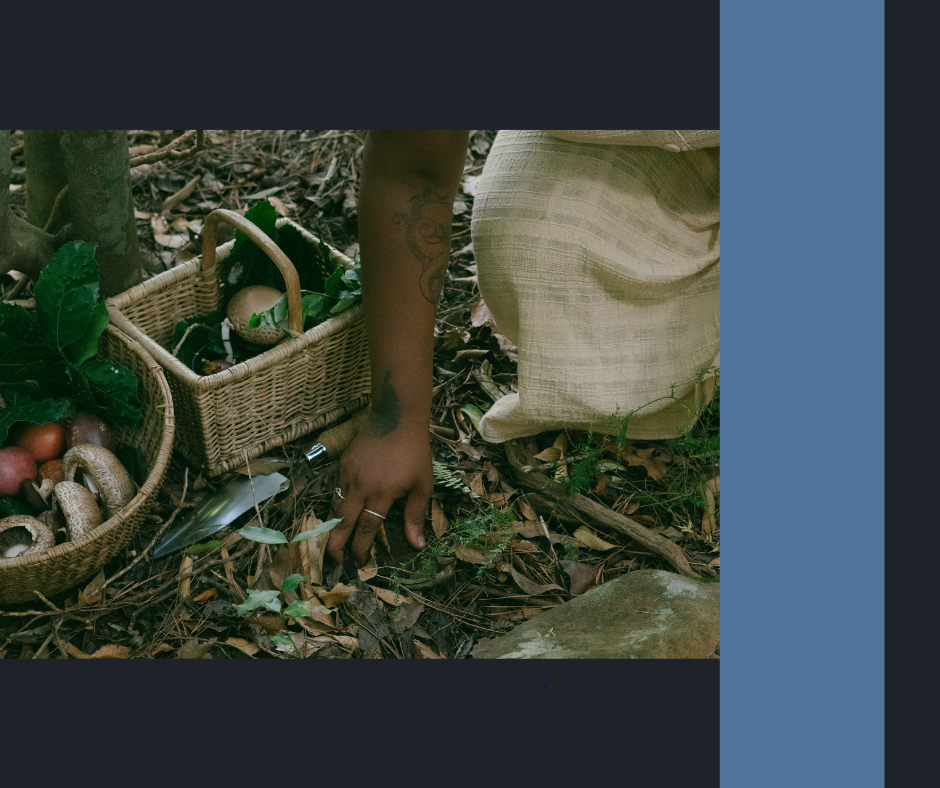
Foraging Basics and Edible Plants
Share
A Beginner’s Guide to Finding Food in the Wild
In an emergency, food security can become a real concern. Grocery store shelves can empty quickly, and supply chains can break down. That’s where foraging—a traditional survival skill—comes in. Knowing how to find edible plants in your environment can supplement your food stores and offer peace of mind.
Whether you're prepping for a long-term disaster or just want to feel more self-reliant, foraging is a rewarding skill to learn. Here are the basics to get you started.
What Is Foraging?
Foraging is the practice of gathering wild plants, fruits, nuts, and mushrooms for food. It’s been done for thousands of years and requires knowledge of what’s edible, what’s poisonous, and where to find certain species.
This guide focuses on plant foraging for beginners—simple, easy-to-identify plants that grow in many areas of North America.
Foraging Safety Rules
Before heading out, keep these safety tips in mind:
1. Never eat a plant you can’t positively identify. Some edible plants have poisonous look-alikes.
2. Use multiple sources to confirm plant identity. A field guide, plant identification app, and local extension office can all help.
3. Know what’s in season. Plants can change appearance throughout the year.
4. Forage away from roadsides, polluted areas, and sprayed fields.
5. Practice ethical foraging. Only take what you need and leave enough for wildlife and plant regeneration.
10 Easy-to-Identify Edible Plants
Here are ten beginner-friendly plants to learn first:
1. Dandelion (Taraxacum officinale)
Edible parts: Leaves, flowers, roots
Tips: Young leaves are less bitter. Flowers can be made into tea or jelly.

2. Lamb’s Quarters (Chenopodium album)
Edible parts: Leaves, stems, seeds
Tips: Cook like spinach. Very nutritious.

3. Plantain (Plantago major or Plantago lanceolata)
Edible parts: Leaves, seeds
Tips: Best when leaves are young and tender.

4. Chickweed (Stellaria media)
Edible parts: Entire plant
Tips: Tastes like spinach, great in salads.

5. Purslane (Portulaca oleracea)
Edible parts: Leaves and stems
Tips: Slightly sour, high in omega-3 fatty acids.

6. Wild Mustard (Brassica species)
Edible parts: Leaves, flowers, seeds
Tips: Peppery flavor. Young leaves are best cooked.

7. Cattail (Typha species)
Edible parts: Shoots, flower spikes, roots
Tips: Known as the "supermarket of the swamp."

8. Mallow (Malva neglecta)
Edible parts: Leaves, flowers, seeds
Tips: Mild flavor; good raw or cooked.

9. Serviceberry (Amelanchier species)
Edible parts: Berries
Tips: Sweet when ripe; makes great jam or trail snacks.

10. Pine (Pinus species)
Edible parts: Needles, inner bark, seeds
Tips: Pine needle tea is high in vitamin C (avoid yew, which is toxic).

Tools for Foraging
- Field guide with color photos
- Basket or foraging bag
- Knife or small scissors
- Gloves (especially for prickly or milky-sapped plants)
- Notebook to record findings
- Plant ID app (like Seek or PictureThis)
Foraging and Preparedness
While foraging won’t replace your food storage, it’s a valuable backup. It adds fresh nutrition, helps you connect with your environment, and gives you confidence in your ability to survive without modern conveniences.
Final Thoughts
Start small. Learn one or two edible plants in your area and try incorporating them into a salad or tea. Practice regularly so you can forage safely if you ever need to.
To learn about planting a garden, check out this article.
To learn about growing food indoors, check out this article.
To learn about growing food in containers, check out this article.
To learn about herbs to grow in your garden with medicinal properties, check out this article.
